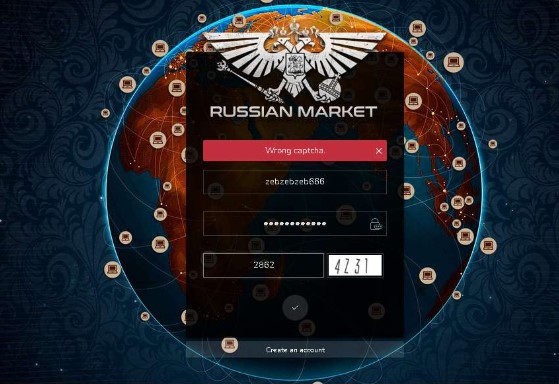What Is Identity Authentication?
Identity authentication is like using a key and ID to get into your digital world. When you open an app or log into a website, authentication confirms that you are really you. It acts as a digital gatekeeper, helping protect your private accounts from unwanted access.
Think of your password like a house key and two-factor authentication (2FA) like a security guard checking your ID. Without both, intruders could slip in. In fact, data breaches take an average of 277 days to detect—but when credentials like passwords are stolen, it can take even longer. That’s why secure login systems are more important than ever.
How Identity Authentication Apps Work
Authentication apps are tools that generate time-based codes (usually refreshed every 30 seconds) to keep hackers from guessing or stealing your login credentials. These apps add an extra layer of protection on top of your normal password.
For example, after typing your password, the app will ask for a special code only your phone generates. This is much safer than using passwords alone. Some apps even allow passwordless login using facial recognition, fingerprints, or voice.
Other tools like magic links let you log in with a single click from your email—no code or password needed. Meanwhile, machine learning in modern systems can recognize unusual login patterns and stop risky attempts automatically.
Key Features to Look For in Authentication Apps
Minimal Data Collection:
The best apps collect only what they need. Privacy-focused options like 2FAS don’t track or store personal data, which limits your exposure if there’s a breach.
Backup Options:
In case you lose your phone, good apps offer ways to recover your login codes:
Cloud backups (e.g., Google Drive or iCloud)
One-time recovery codes that you can write down and save
Encrypted storage to keep your codes unreadable to others
No SMS Code Dependency:
SMS-based 2FA is outdated and less secure. Hackers can perform SIM-swap attacks or intercept messages. Modern apps generate codes directly on your phone, which keeps them safer.
Best Identity Authentication Apps in 2025
Here’s a look at some of the top options based on your specific needs:
✅ Best for Privacy: 2FAS
Pros: Open-source, works offline, zero data tracking
Cons: No cloud backup or advanced features
Ideal For: Privacy-focused users who want simple, secure logins without any online storage.
✅ Best for Android: Aegis Authenticator
Pros: Secure backups, open-source, deep Android support
Cons: Android-only, may be tricky for beginners
Ideal For: Android users who need strong offline protection and don’t rely on cloud sync.
✅ Best for Microsoft Users: Microsoft Authenticator
Pros: Push notifications, Azure integration, works with password managers
Cons: Best features only apply to Microsoft accounts
Ideal For: Users in Microsoft ecosystems (like Teams or Outlook) who want easy, secure logins.
✅ Best for Backup and Sync: Stratum
Pros: Cloud sync, encrypted backups, device migration
Cons: Some features require a subscription
Ideal For: Users with multiple devices or those who frequently change phones.
✅ Best for Google Services: Google Authenticator
Pros: Simple, trusted, works on most devices
Cons: Limited backups, fewer modern features
Ideal For: Google account users who want a lightweight, straightforward authentication solution.
Identity & Access Management (IAM) Tools to Know
Beyond individual apps, IAM platforms are full systems that help organizations manage access securely:
IBM Security Identity and Access Assurance: Strong risk detection and enterprise-level controls
Microsoft Azure Active Directory (Entra ID): Seamless with Microsoft 365, great for remote teams
Ping Identity: Great APIs and user control for business apps
Google Cloud IAM: Works well for developers managing access to cloud services
ManageEngine ADManager Plus: Offers user reports and easy account creation for IT teams
Top Open-Source Authentication Tools in 2025
Want total control and transparency? These open-source options are fast, secure, and free:
Hanko.io: Login without passwords using passkeys or biometrics
Zitadel: Great for business-specific access management
SuperTokens: Easy to add sign-in features to your apps
Keycloak: Popular for integrating with web apps and handling user roles
NextAuth.js: Great for modern websites needing login support
Supabase Auth: Adds login with email or Google easily to web/mobile projects
Risks and How to Stay Safe
Authentication apps boost your security, but you still need to be careful:
Phishing sites may trick you into typing your codes somewhere fake.
Malware can infect your phone and steal login data.
Data breaches can still happen, even with secure apps.
Final Thoughts
As we head toward a passwordless future, strong identity authentication tools are becoming the new normal. Biometric logins, passkeys, and secure backup systems help keep your data protected in a fast-moving online world.
Whether you’re a tech expert or just starting out, the best app is the one you’ll actually use. Choose based on your privacy needs, devices, and backup preferences. The goal is simple: stay safe, stay smart, and log in with confidence.learn with tech data tree.




